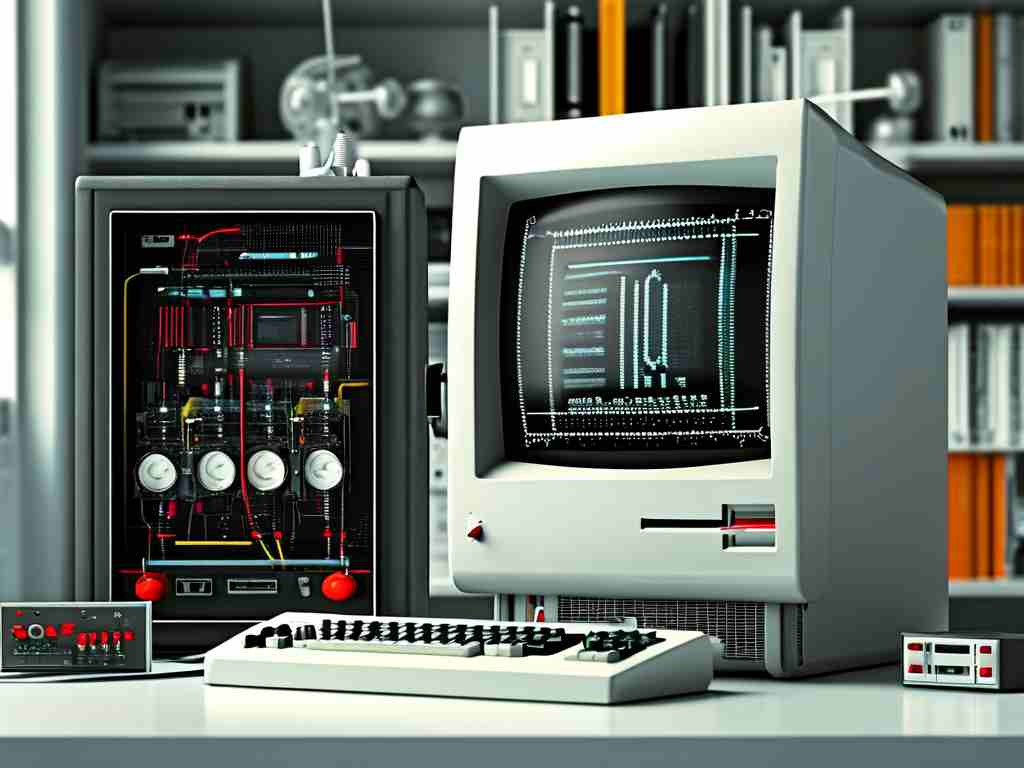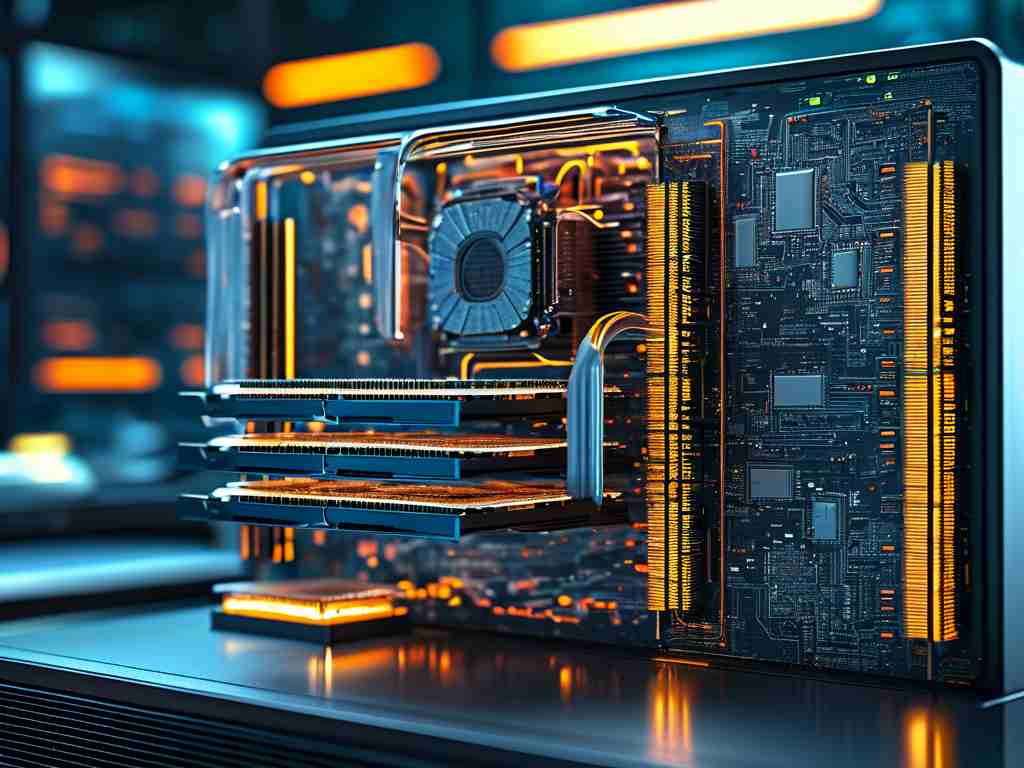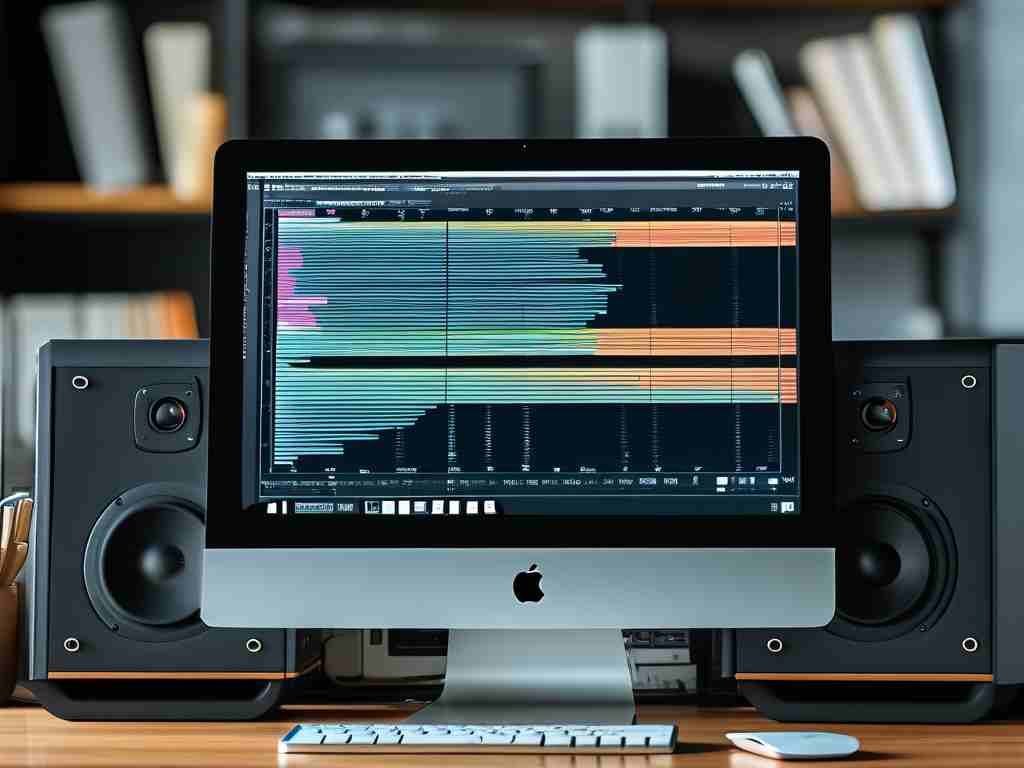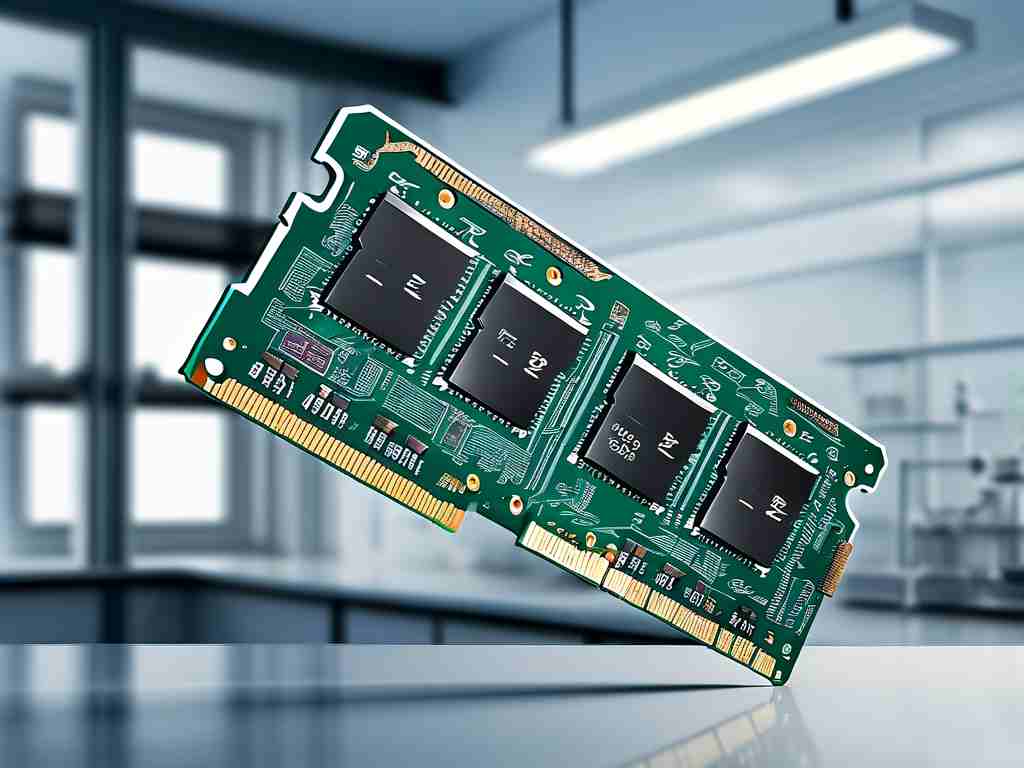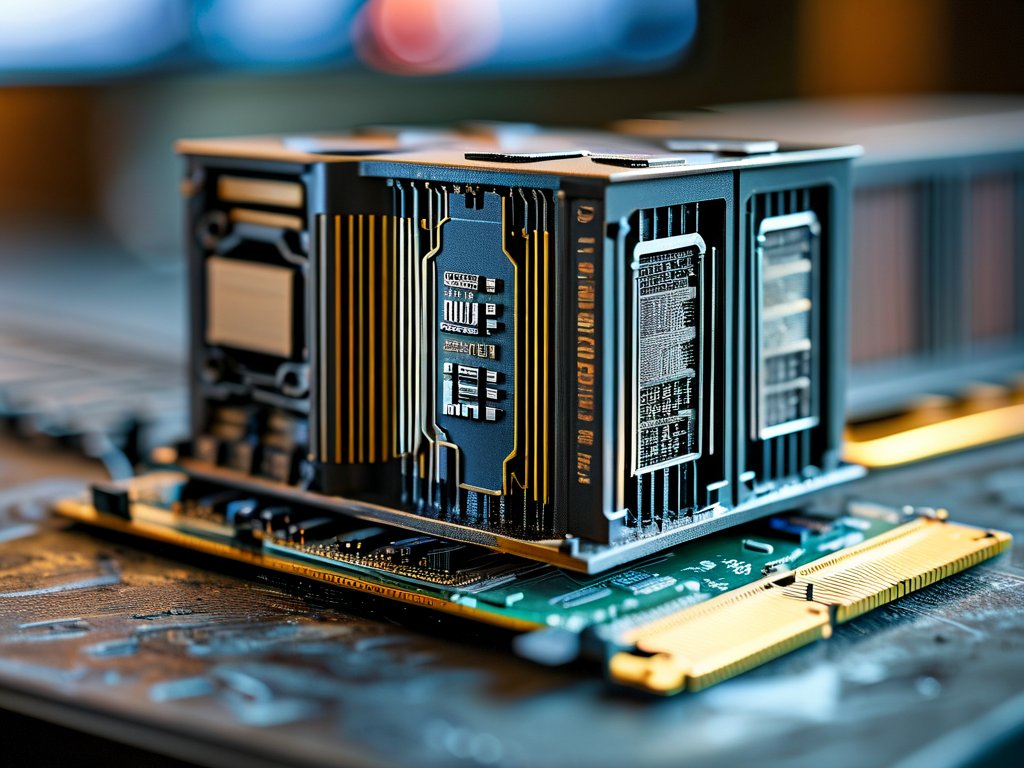In the realm of computing and digital technology, understanding how memory is measured forms the foundation of grasping device performance and storage capabilities. Memory units serve as standardized metrics to quantify data storage capacity, enabling users to compare devices and optimize workflows. This article delves into the hierarchical structure of memory measurement units, their practical applications, and the evolving demands of modern technology.

At the most fundamental level, memory is measured in bits (binary digits), representing the smallest unit of data in computing. A bit holds a single binary value—0 or 1—and serves as the building block for all digital information. However, due to its minuscule size, bits are rarely used as standalone units in practical scenarios. Instead, they aggregate into larger constructs.
The byte, composed of 8 bits, emerged as the baseline unit for memory measurement. A single byte can represent a character (such as a letter or symbol) in most encoding systems, making it a practical reference point. Early computing systems operated with memory capacities measured in kilobytes (KB), where 1 KB equals 1,024 bytes. This binary-based scaling—rooted in powers of 2—reflects the architecture of digital systems.
As technology advanced, larger units became necessary. The megabyte (MB), equivalent to 1,024 KB, gained prominence during the era of floppy disks and early hard drives. By the late 1990s, gigabytes (GB) entered mainstream use, coinciding with the rise of multimedia files and complex software. Today, terabytes (TB)—1,024 GB—are standard for high-capacity storage devices, while petabytes (PB) and exabytes (EB) dominate enterprise-level data centers and cloud infrastructure.
A critical distinction lies between decimal (base-10) and binary (base-2) interpretations of units. Storage manufacturers often advertise capacities using decimal prefixes (e.g., 1 GB = 1 billion bytes), whereas operating systems report sizes using binary calculations (1 GiB = 1,073,741,824 bytes). This discrepancy occasionally leads to confusion among users who notice slight differences between advertised and actual storage.
Memory measurement also varies by application. Random Access Memory (RAM) typically uses smaller units (GB), as it prioritizes speed over capacity. In contrast, storage drives (SSDs, HDDs) employ larger units (TB) to accommodate vast datasets. Specialized fields like scientific research or video production now push boundaries with petabyte-scale systems, highlighting the exponential growth of data generation.
The evolution of memory units mirrors technological progress. Early computers like the IBM 350 RAMAC (1956) stored merely 5 MB across fifty 24-inch disks. Modern smartphones, by comparison, offer 512 GB of storage—a 100,000-fold increase in six decades. This trajectory underscores Moore’s Law and the relentless demand for higher capacities to support AI, 4K/8K media, and IoT ecosystems.
Looking ahead, emerging technologies such as quantum computing and DNA-based storage may redefine memory measurement paradigms. Quantum bits (qubits) introduce superposition states, while DNA storage leverages molecular density to achieve theoretical capacities of exabytes per gram. These innovations could render traditional units obsolete, necessitating new frameworks for quantification.
In summary, memory units—from bits to exabytes—form an essential lexicon for navigating the digital world. Their hierarchical structure, rooted in binary logic, adapts to the escalating demands of data-driven industries. As technology continues its rapid ascent, both consumers and professionals must stay informed about these measurement standards to make informed decisions in an increasingly interconnected landscape.




